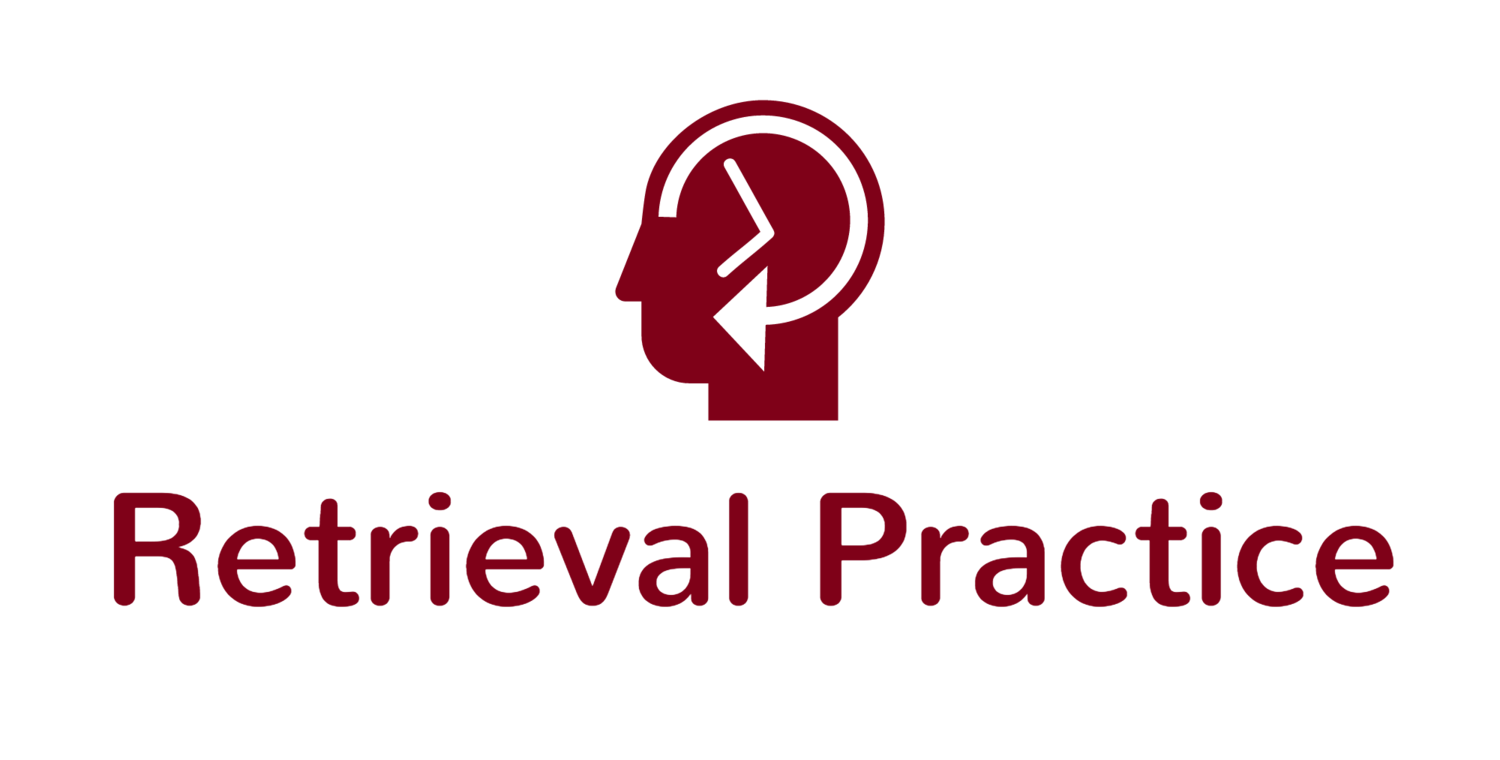Boost learning quickly with Two Things!
/By Pooja K. Agarwal, Ph.D.
Many retrieval practice activities, like brain dumps, may feel more appropriate for retrieval practice at the beginning or end of class. How can we use retrieval practice to break up our lessons, quickly and easily, without pausing to facilitate class discussion or collect papers?
Use this quick retrieval strategy we simply call "Two Things," a no-quiz retrieval strategy for your classroom.
Do you use Two Things or something similar? Share your tip via Twitter, Facebook, email, or comment below – in fact, make it two!
No-Quiz Retrieval Strategy: "Two Things"
Here's the scoop: At any point during a lesson, stop and have students write down Two Things about a specific prompt. For example:
What are two things you learned so far today?
What are two things you learned yesterday (or last week)?
What are your two takeaways from today?
What are two things you'd like to learn more about?
What are two ways today's topic relates to previous topics?
And then what? You move on with your lesson. That's it!
There are two key reasons why we love this quick strategy: All students are engaged in retrieval and by asking for two specific things, students can jump in quickly without needing clarification.
We know time is short, so here are two more reasons why Two Things is quick, easy, and effective:
There's nothing to grade (remember that retrieval practice should be no-stakes or low-stakes).
By retrieving Two Things, students have "notes" they can use in the future.
Two Things is also aligned with cognitive science research: Retrieval is interspersed throughout the lesson, spacing is built in when asking about previous learning, and students benefit from retrieval even without feedback.
If you'd like to provide feedback (which we recommend, because feedback substantially boosts the effectiveness of retrieval practice), here are two quick ways to build on Two Things without taking too much classroom time:
Once students write down Two Things, have them pass their paper to a student nearby. Students can add one more Thing to each other's paper and then pass them back. Next: Move on with the lesson! Students have now provided no-stakes feedback for each other by adding something new to learn.
Think-pair-share: Have students share one of their Two Things with a partner or group. They already have something written down, so they won't need to think of something on the fly, saving valuable classroom time. By sharing, students can confirm their Two Things are on point and they can learn more things they didn't write down.
Your students may give you odd looks after this exercise. They may automatically hand you their paper. They may not understand why you're moving on. Actually, this is a perfect time to flip retrieval from a negative to a positive! Emphasize that Two Things is a learning strategy, not an assessment strategy. And be sure to remind students that the challenge from retrieval is a "desirable difficulty" – it's good for learning!
Pro-tip: The next time you read a book or meet someone new, ask yourself, "What are two things I learned?"
Share how you use Two Things in the comment section below!






















